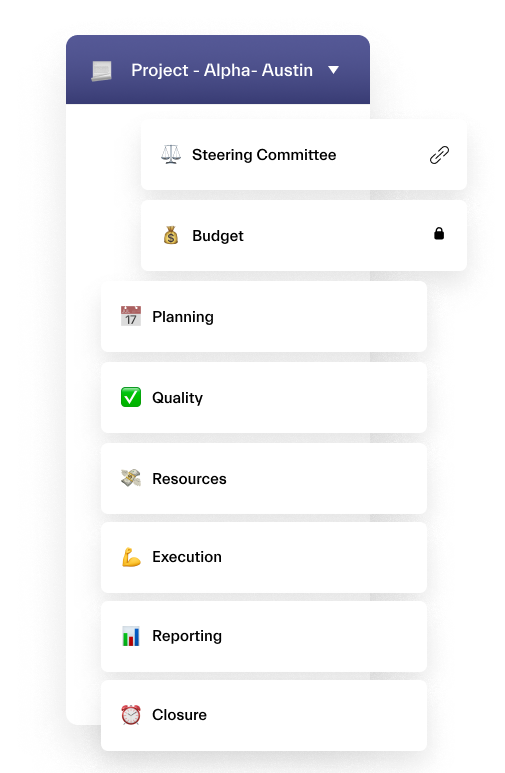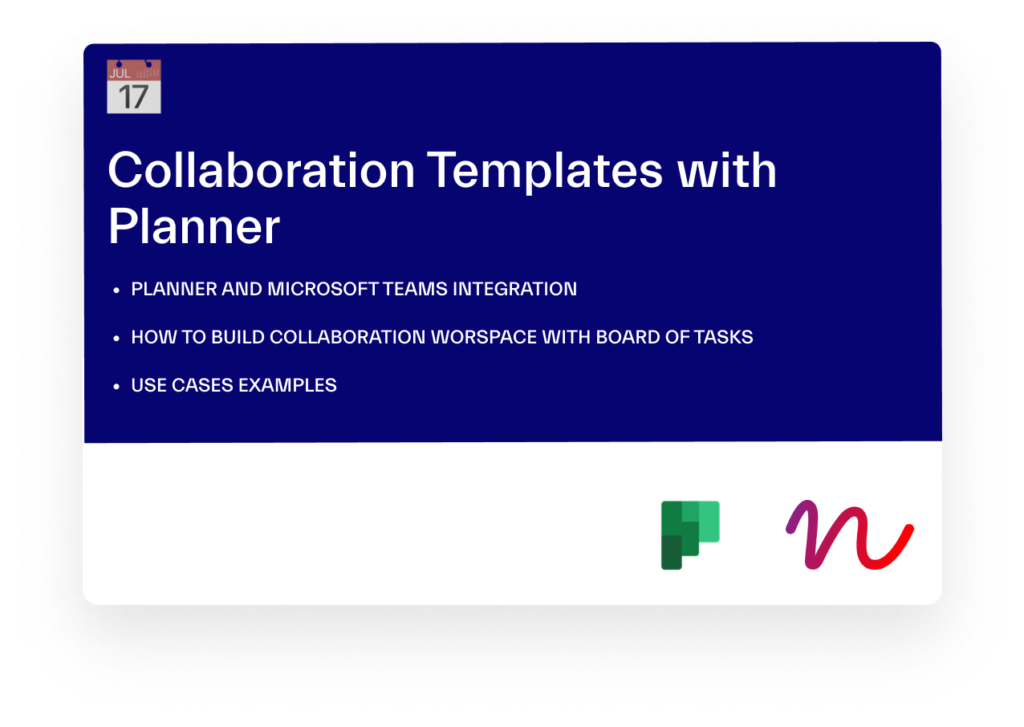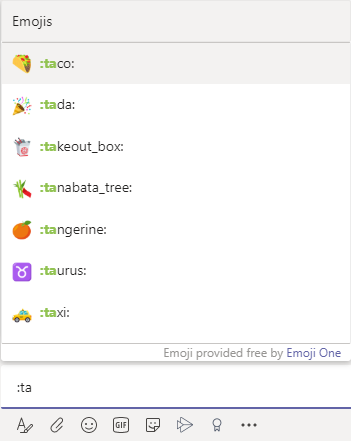Your organization just switched to Microsoft Teams and you’re trying to figure out how to use it to the fullest by learning best practices? Or maybe you’re already comfortable with Teams but still haven’t explored all of its numerous capabilities? The truth is, Microsoft Teams engineering team is constantly upgrading the app, so there will always be something new to learn. But that’s the beauty of the technology, isn’t it?
Let us share with you some of the best practices of using Microsoft Teams (so far!) that will help you become a great Teams player😊
1. Stay in touch with your team on the go
In this era of technological advancements and transformational shifts in the world of work it has become more common to work outside the office and see your colleagues (almost exclusively) on the screen. At least this is the case in our team!
We may have our own schedule or live in different time zones, which means that sometimes we won’t have our computers ready for a quick call or reply.
PC, tablet and mobile app
One of the best practices here is to, in addition to your PC app, install Microsoft Teams on your mobile device and/or a tablet. This way you will always know what your Team is discussing even if you’re on the go. And if you do not want to be disturbed at certain time, just configure your notifications.

Add another device to the call
But here’s the coolest feature for you. You can join a meeting both from your computer and another device – a phone or a tablet. This means you don’t have to leave the meeting in case you need to leave your office. Just transfer the call to your mobile device and stay connected with your team.

You can also stay in the call from several devices at the same time: say, if your computer camera’s failing, or you have issues with the mic on one of the devices. Awesome, isn’t it?
2. Have productive conversations
Throughout the day you may find yourself talking to many different people both within and outside your team. It’s important to keep these conversations productive by following certain rules:
Private chat vs. posts in channels

Use private chat only when the matter you’re discussing with another person doesn’t concern other individuals in your team. In all other cases stick to conversations in channels, so that everyone could track your team’s activities and progress, share insights, and give feedback, even if only you two are working on a project.
Learn more about when to use chat vs. channel conversations in this blog post.
@mentions
Don’t forget to @mention the right individuals or groups of people in your posts, otherwise you risk not being heard at all. When you tag people in a message, they’ll receive the notification and will see your post in Activity tab.

You can set a tag for a specific group of people, for example your new hires – @growthteam, and mention them in the relevant posts, just like we do here at SalesTim.
Urgent messages

If you need to get an instant reply from your colleague, you can set delivery options and mark your message as important or urgent. The latter means the receiver will get notifications of your message every 2 minutes for 20 minutes.
Just don’t overuse it😊
Announcements
Make important messages stand out by creating announcements. You can add a background image or a color you like to highlight your announcement. This way you’ll make sure your message won’t get lost among other posts in the channel.

Share emails
Did you know that you can also send emails to your team’s channel? Unless, of course, this option is disabled by your IT department. If you wish to discuss with your team an external email before sending an official reply, share it in the right channel and get insights from your peers.

Find out your channel email by clicking on more options … and then Get email address. You can use to share documents, communication with partners and customer and other purposes.
Reply to conversations
Whenever your colleague posts a message in a channel, use the reply button to comment instead of starting a new conversation. Same way, update the existing posts with new comments in order to track team’s activities, even if it was an old message regarding the same topic.
3. Create channels for working on specific projects
Having worked with a great deal of customers, we couldn’t help but notice that many organizations don’t take the full advantage of channels.
Let’s be honest, chances are you and your team deal with more than 3-4 topics in their work. And there’s no need to create yet another team to discuss a new topic if it involves the same people. Try adding a new channel instead and add those members of your existing team that you need for this particular project.
At nBold we have 21(!) channels, which lets us keep our conversations well-organized and easily tracible. Besides the obvious channels such as Marketing, Sales, Product and Customer Support, we also have the ones like Microsoft, Station F, Website and others.

If you work in project management, your team can create such channels as Planning, Steering Committee, Budget, Contractors, and many others. Explore all the activities you deal with, and keep discussions in your team organized.
If you’re not sure about which channel suits better the topic of the post that you wish to publish, use the General channel. Your team can use it as a space for mixed discussions that don’t fit other channels.
Learn more about best practices
4. Take advantage of virtual meetings
Many of us have multiple virtual meetings per day, be that with our customers, potential clients, partners, colleagues, or recruiters.
Microsoft Teams has quite a few perks that make it stand out among other apps offering a fun and engaging user experience.
Schedule a meeting
If you’re not sure when your teammates are available for a call, Scheduling Assistant can help you choose the time slot by showing when your required attendees will be available. Pick who you want to schedule a call with and see what time suits everyone best!

You can also invite guest users to the meeting by adding their email address. They will receive an invitation and will be able to join the call through the link.
Enable background image
We at nBold absolutely love this feature! You can have some group fun and choose the same background image for all the participants of the call, imagining that you are all working together at the beach in San Diego😊
Moreover, you can customize your background image to make the experience more personalized.

All jokes aside, we all might find ourselves in a situation where we’re not very comfortable with our background and want to leave a good impression during the call – especially when talking with clients and partners. Enabling background image is truly one of the best practices of Microsoft Teams usage as it will take your stress off choosing the right spot to have your call.
Mute when needed
This one might seem obvious, but sometimes we forget to use the mute feature when we are having a call in a noisy space. In order not to distract other participants, make sure to mute your mic whenever you’re not presenting or actively participating in a discussion.
Record meetings and share transcripts
We all have busy schedules and sometimes need to be at two places at the same time. Luckily, with Microsoft Teams you don’t need to lose out on important meetings if you have somewhere else to be at that moment. With permission from the call participants, you can record the meeting and then share it with your team in case someone wasn’t able to attend, or just need to review some key points of the conversation.

Additionally, Teams allows you to get transcription of the recording if this feature is enabled by your admin. This can save you and your team lots of time and improve collaboration.
Here are the instructions on how to record a meeting.
Take notes with Whiteboard
Brainstorming sessions can get quite intense sometimes: ideas are flowing as waves one after another, and one just has to be a Sheldon Cooper to remember and keep track of all of them in a virtual meeting. To make this easier on everyone, you can use Whiteboard during your brainstorming session, where each member of your team will be able to add notes in then modify them together at the same time.

You don’t need to assign one person to do the job of the whole team anymore – everyone can equally participate and make their contribution. Share the notes in the right channel later one and assign the tasks accordingly.
5. Organize yourself and your team with Planner
Finding it difficult to organize yourself, set priorities and coordinate the activities with your colleagues? One of the best practices to better organize yourself and your team in Microsoft Teams is to use Planner. It will help you be more productive, and will send you notifications if certain tasks are due soon.
You can create tasks templates for all the possible assignments that you and your team might have. Set different categories, create buckets with stages of task progress and include required deliverables. You and your colleagues will only need to copy these templates and then add their tasks, attach links and files to them, assign them to the right people and set priority and due date.
Find out more about Planner in our blog post.

Create teams with an already pre-built set of tasks
Download our Free Guide and learn how to build teams with pre-build Planner task boards via Collaboration Templates in Microsoft Teams
6. Add apps as tabs
If you and your team constantly work on the same document, say your Marketing Plan spreadsheet, the best practice will be to add it as a tab in the relevant channel (Marketing, in this case) to ensure quick and easy access.
The same goes for other apps that your team uses on regular basis – that could be Planner, Yammer, Polly and even YouTube, etc.
Discuss with your team what tabs you’d like to have in common channel and organize your work environment accordingly.

7. Invite guest users
Some organizations constantly work with external stakeholders in their projects – be that partners, suppliers, contractors and others. Microsoft Teams allows you to invite guest users, which means they will have access to all the content and conversations available in the team they’re invited to.

Before granting access to your team to external users, make sure you discuss it with your peers and the IT department. This way you’ll make sure your actions don’t jeopardize company’s sensitive data.
Lear more about collaborating with people outside your organization with Microsoft Teams.
8. Share files
One of the greatest things about Microsoft Teams is that it allows you to store, share and collaborate on documents.
Create files and folders
Each of your channels will have its own space in SharePoint drive where you can create folders and files structuring your documentation.
Our recommendation is to create separate folders for different types of documents that your team is working on.

Then, create a document right in that space or upload it from your computer. If you wish to share the document with your team, just share the link to your peers. This will ensure the same content isn’t duplicated several times.
Collaborate on documents
Multiple users can work on the same document at the same time. You can easily track the changes and the see how your colleagues are modifying the document in real time.

Use Metadata
To help you and your team better organize and structure your files, use metadata from SharePoint in Microsoft Teams.
Sometimes folders will do the trick, but they only allow you to separate your documents in one way. With metadata you can categorize your files according to different criteria and easily navigate through your documentation.
To do so, just create a new tab Website in the relevant channel and add the link to your SharePoint Library. And voila! You get easy access to your document library with all its functionalities.
9. Utilize commands for faster results
There’s a Teams feature that many of us haven’t heard of. And even if you have, chances are you don’t really use it. We’re talking about commands in Teams – and it truly deserves its place among Microsoft Teams best practices.
If you click on Search at the very top of your Teams window and type / (Slash) you will see a list of very useful commands that you use daily.
For example, if you need to call someone really quick, just choose the /call command and select the person who you wish to call from the list that will appear. Try it out!

10. And don’t forget about shortcuts
Shortcuts can also help you navigate through Teams faster. You can use them during your meetings, when you’re chatting and when you’re navigating through Teams. There are so many of them you can use, but here are some of our favorite ones:
[Ctrl] + / (slash) to open commands
[Ctrl] + F to find information in a specific channel
:word to find the right emoji (for example, :taco)

[Ctrl] + N to start a new chat
Check out the top-10 shortcuts by Microsoft Tech Community and more in Microsoft Support.
Now you know some of the coolest features of Microsoft Teams. Share them with your peers and enjoy working with your team.
What are your personal best practices for the use of Microsoft Teams? Don’t hesitate to share them with us in the comments bellow!
